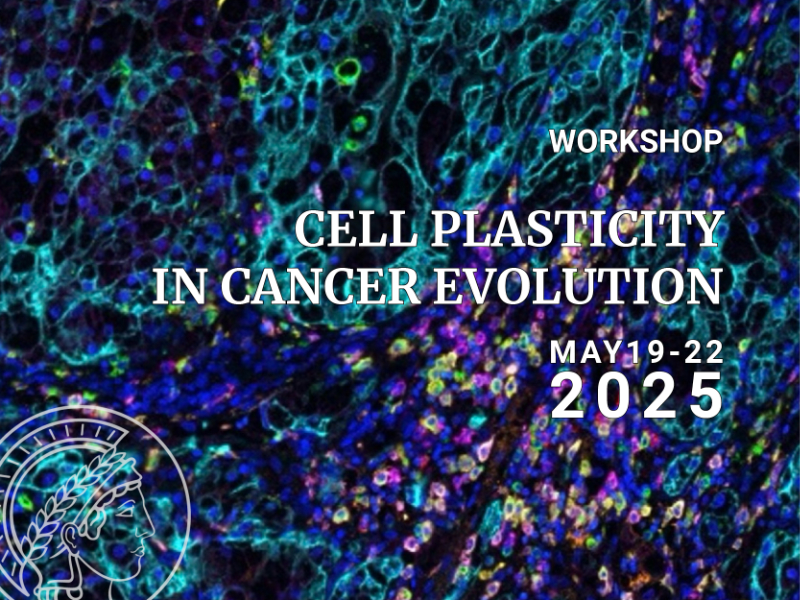Speaker
Description
Authors: Nicola Calonaci, Riccardo Bergamin, Erika Tissino, Federico Pozzo, Filippo Vit, Lodovico Terzi di Bergamo, Davide Rossi, Riccardo Bomben, Giovanni Santacatterina, Virginia Gazziero, Valter Gattei, Antonella Zucchetto , Giulio Caravagna
The traditional clonal evolution model integrates genetic mutations and clonal selection but often neglects the critical role of phenotypic plasticity. In this study, we combine longitudinal whole-genome sequencing and flow cytometry data to investigate the progression of chronic lymphocytic leukaemias with bimodal CD49d expression, a prime example of complex clonal evolution. We introduce a novel population genetics framework that incorporates reversible phenotypic switching into clonal dynamics, enabling the reconstruction of evolutionary trajectories for CD49d+ and CD49d- subpopulations. By leveraging mutation data and white blood cell counts, we quantify patient-specific CD49d expression heritability and selection parameters. Our findings demonstrate that transitioning to CD49d+ frequently confers a selective advantage, driving differential growth rates between subpopulations. The heritability of CD49d expression varies across patients, reflecting a spectrum of selective pressures and plasticity. This enhanced clonal deconvolution and phylogenetic analysis underscores the interplay of genetic and epigenetic factors in shaping tumour clonal architecture, providing a robust foundation for developing personalised therapeutic strategies targeting phenotypic heterogeneity.

